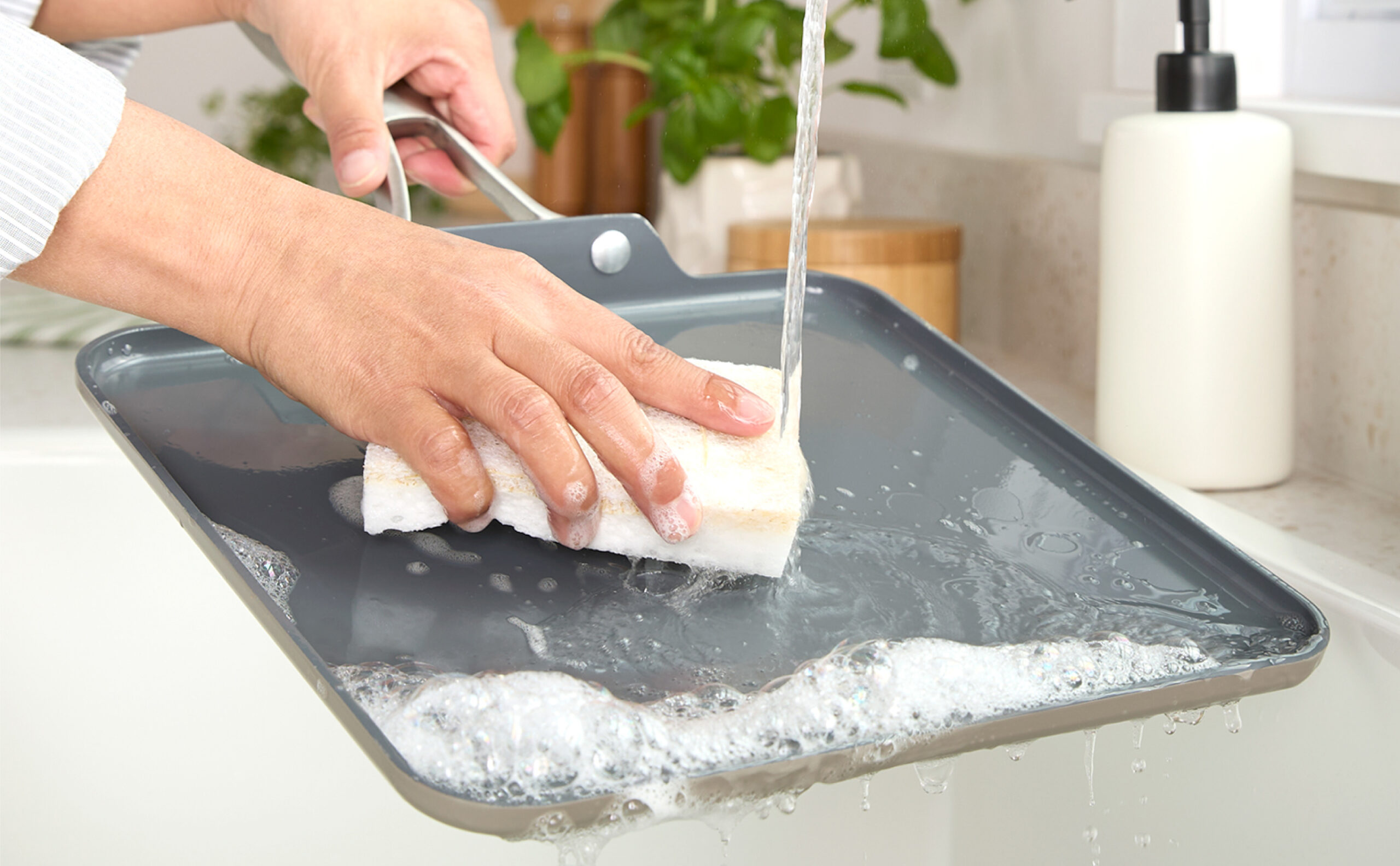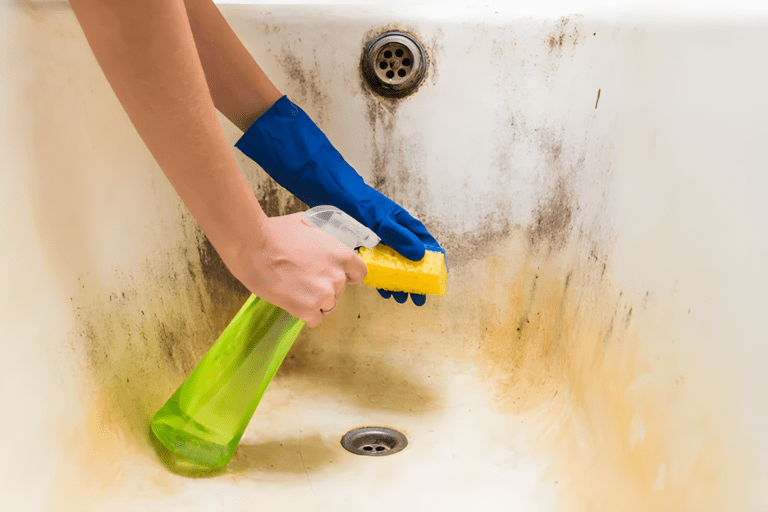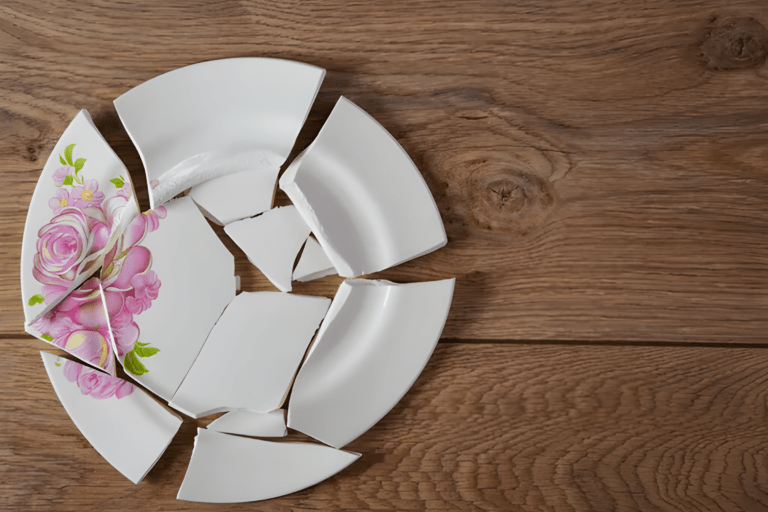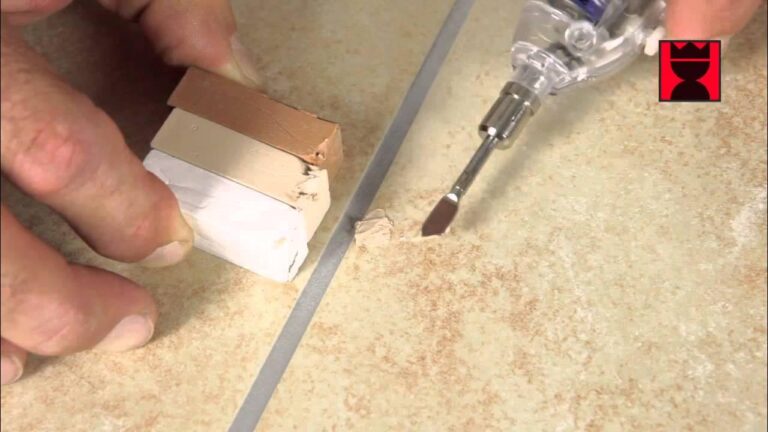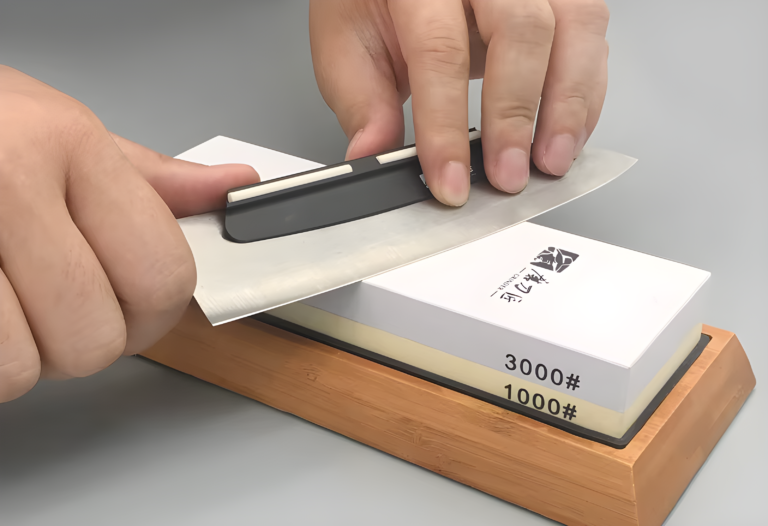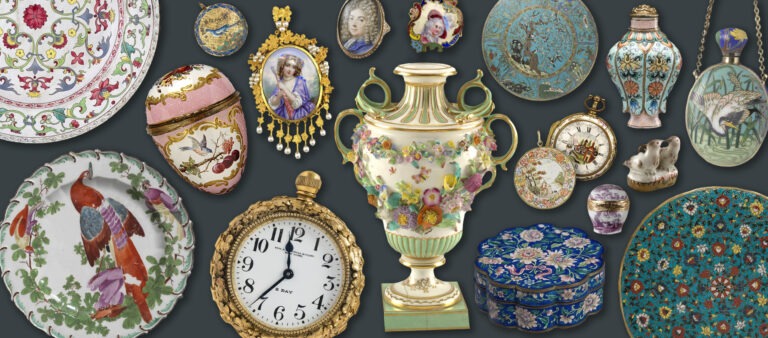The Right Way to Clean Your Ceramic Griddle
Ceramic griddles have become a kitchen favorite thanks to their even heat distribution and natural non-stick surface. They make cooking a breeze and require less oil than traditional pans, making them a healthier option. But to keep them in top condition, proper cleaning and maintenance are essential. Without the right care, food residue, grease, and burnt-on stains can build up, affecting the griddle’s performance and lifespan.
Understanding the best cleaning methods will ensure that your ceramic griddle remains a reliable cooking companion for years to come.
Understanding Your Ceramic Griddle
A ceramic griddle is more than just a cooking surface—it's a carefully engineered tool designed to provide even heat distribution and a naturally non-stick experience. Unlike traditional metal griddles, which rely on built-in seasoning or synthetic coatings, ceramic surfaces are coated with a specialized glaze that creates a smooth, non-porous layer. This layer not only prevents food from sticking but also makes cleaning significantly easier—when handled correctly.
However, the very qualities that make ceramic griddles so convenient also make them delicate. Over time, high heat exposure, accumulated grease, and improper scrubbing techniques can wear down the non-stick coating. Tiny scratches or invisible residue build-up may not seem like a big deal at first, but they can gradually impact cooking performance. If food starts sticking unexpectedly or the surface appears dull and discolored, these could be signs that your griddle is in need of proper care.
Many common cleaning habits—such as using abrasive scrubbers, soaking for extended periods, or applying harsh detergents—can contribute to the degradation of the ceramic layer. While it may be tempting to tackle stubborn stains aggressively, a more balanced approach ensures that your griddle remains in top condition for years to come. Gentle but thorough cleaning, routine maintenance, and mindful cooking practices will help preserve the ceramic’s integrity, allowing you to enjoy hassle-free cooking with minimal effort.
Essential Cleaning Precautions
Caring for a ceramic griddle goes beyond simple cleaning—it requires thoughtful handling to preserve its delicate non-stick surface. While ceramic coatings are designed to withstand high temperatures and daily use, improper cleaning techniques can cause gradual damage, reducing both performance and lifespan. By taking a few key precautions, you can ensure that your griddle remains in excellent condition for years to come.
Avoid Drastic Temperature Changes
One of the most common mistakes when cleaning a ceramic griddle is exposing it to sudden temperature changes. Pouring cold water onto a hot griddle or placing it directly under a cold tap can cause thermal shock, leading to cracks in the ceramic coating. To prevent this, always allow your griddle to cool down completely before introducing any cleaning solutions or rinsing with water.
Use Gentle Cleaning Tools
Ceramic surfaces are highly resistant to sticking, but they are also sensitive to rough handling. Avoid using steel wool, metal scrapers, or harsh scouring pads, as these can create micro-abrasions that degrade the non-stick coating over time. Instead, opt for soft sponges, microfiber cloths, or nylon-bristle brushes that effectively clean without causing damage.
Limit the Use of Harsh Chemicals
While commercial degreasers and heavy-duty cleaning agents might seem like a quick fix for tough stains, many contain abrasive ingredients that can strip the ceramic coating. Stick to mild dish soap, diluted vinegar, or baking soda pastes, as these provide powerful cleaning action without compromising the integrity of the surface. If you do use a specialized cleaner, ensure it is specifically formulated for ceramic cookware.
Be Cautious with Soaking
Soaking is often recommended for breaking down stubborn residues, but prolonged exposure to water—especially if the griddle has any minor surface damage—can lead to moisture seeping beneath the ceramic layer, weakening its bond to the base material. If soaking is necessary, limit it to 10−15 minutes, and always dry the griddle thoroughly afterward to prevent lingering moisture.
Dry Properly Before Storage
Once cleaned, it’s crucial to dry the griddle completely before storing it. Any remaining moisture can lead to mineral deposits or dull spots on the surface. Using a microfiber cloth to pat it dry or allowing it to air dry in a well-ventilated area will help maintain its pristine finish. If stacking your griddle with other cookware, place a soft cloth or paper towel between items to prevent scratches.
By following these essential precautions, you can extend the life of your ceramic griddle, keeping it smooth, non-stick, and ready for all your culinary creations.
Effective Cleaning Techniques
Proper cleaning is the key to maintaining the smooth, non-stick surface of your ceramic griddle. While ceramic coatings are durable, they require a gentle but thorough approach to prevent damage and ensure optimal performance. Choosing the right technique based on the level of residue will keep your griddle in excellent shape for years to come.
Daily Cleaning for Light Residue
After each use, it’s best to clean the griddle while it’s still slightly warm but not hot. This helps loosen grease and food particles without requiring excessive scrubbing. Using a damp sponge with mild dish soap, gently wipe the surface in circular motions to lift any remaining oils or residue. Avoid soaking the griddle for extended periods, as prolonged exposure to water can weaken the coating over time. A quick rinse with warm water and thorough drying with a microfiber cloth will leave it spotless and ready for the next use.
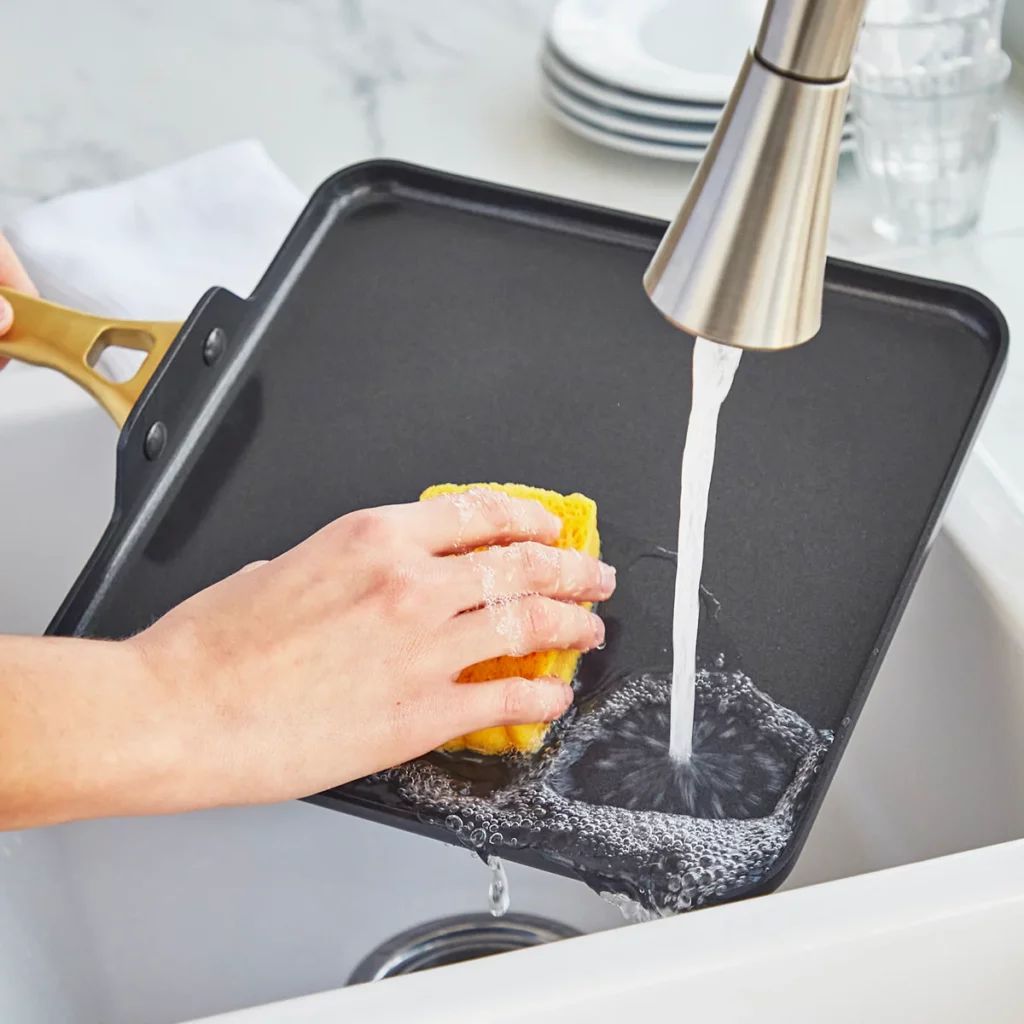
Tackling Grease Buildup
Over time, even with regular cleaning, grease can accumulate and form a sticky film on the surface. To break this down, mix equal parts white vinegar and warm water in a spray bottle. Lightly mist the griddle and let it sit for five minutes to dissolve the buildup. Then, using a soft sponge, gently wipe away the grease. For extra stubborn spots, a small amount of baking soda can be sprinkled onto the surface before scrubbing with a damp cloth. This method not only cuts through grease but also deodorizes the griddle, keeping it fresh.
Removing Burnt or Stubborn Stains
If food has been left on the griddle for too long and has burnt onto the surface, a deeper cleaning method is needed. Instead of scrubbing aggressively, which can damage the ceramic layer, create a paste using baking soda and a small amount of water. Apply it directly to the affected areas and let it sit for 15−20 minutes. The mild abrasive action of baking soda helps lift the stains without scratching the surface. Once the paste has worked its magic, gently wipe it away with a soft cloth and rinse thoroughly.
Dealing with Sticky or Cloudy Residues
If your griddle starts to feel sticky or appears dull despite regular cleaning, it may be due to residue from oils or cleaning agents. To restore its shine, wipe the surface with a cloth dampened in a mixture of water and a few drops of lemon juice. The natural acidity will break down any lingering residues and bring back the griddle’s smooth finish. A final rinse with warm water ensures no acidic traces are left behind.
Final Touch: Buffing for a Flawless Finish
For a polished look, once the griddle is completely dry, buff it gently with a dry microfiber cloth. This removes any remaining water spots and ensures a streak-free, glossy surface. If desired, a very light coating of cooking oil can be applied with a paper towel to enhance the non-stick properties and protect the surface from wear.
By using these effective cleaning techniques, you can keep your ceramic griddle in pristine condition without the risk of damage, ensuring effortless cooking and easy maintenance for years to come.
Troubleshooting Common Issues
Even with proper care, ceramic griddles can develop issues over time. If you’re experiencing problems like food sticking, discoloration, or an uneven surface, don’t worry—most of these can be resolved with a few adjustments. Identifying the cause and applying the right solution can bring your griddle back to peak condition.
Food Sticking to the Surface
If your once-nonstick griddle is causing food to cling, it may be due to residue buildup or surface wear. Leftover grease, soap film, or burnt food particles can create a sticky layer that prevents smooth cooking. A deep clean using a baking soda paste can help remove stubborn buildup. Additionally, ensure you’re not using cooking sprays with propellants, as these can leave a residue that diminishes the nonstick effect.
Another factor could be heat settings. Ceramic griddles work best at moderate temperatures. Excessive heat can cause food to bond with the surface, so adjusting your cooking temperature may improve results.
Discoloration or Stains
Over time, a ceramic griddle may develop brown or yellow stains, especially if oils are repeatedly heated at high temperatures. While this discoloration doesn’t affect performance, it can be unsightly. A solution of white vinegar and water or a mild hydrogen peroxide soak can help lift stains. If the stains persist, applying a paste of baking soda and letting it sit for a few minutes before gently wiping may restore the original appearance.
Uneven Cooking or Heating Issues
If certain areas of your griddle are cooking food faster than others, it may be due to uneven heat distribution. This can happen if the griddle isn’t placed on a flat surface or if residue buildup is interfering with heat transfer. Cleaning the bottom of the griddle and ensuring it sits evenly on the stovetop or heating element can help correct the issue.
Additionally, some ceramic griddles may warp slightly over time if exposed to rapid temperature changes. To prevent this, always allow the griddle to cool gradually before washing, and avoid placing a hot griddle directly under cold water.
Surface Appears Dull or Cloudy
A hazy or rough texture can develop due to mineral deposits from water, leftover detergent residue, or repeated exposure to high heat. To restore a smooth, glossy finish, wipe the griddle with a cloth dampened with diluted lemon juice or white vinegar. If the surface still looks cloudy, buffing with a soft microfiber cloth can help restore its luster.
Minor Scratches or Surface Wear
Small scratches may appear over time, especially if metal utensils or abrasive pads are used. While minor surface imperfections don’t necessarily impact performance, they can reduce the lifespan of the nonstick coating. To minimize further wear, always use silicone or wooden utensils and avoid stacking heavy objects on top of the griddle when storing it. Lightly rubbing the surface with a drop of vegetable oil can help reduce the appearance of fine scratches.
By addressing these common issues promptly, you can extend the life of your ceramic griddle and continue to enjoy effortless cooking. Simple adjustments in cleaning habits, heat settings, and utensil choices can prevent most problems before they start, keeping your griddle in excellent condition for years to come.
Taking proper care of your ceramic griddle isn’t complicated, but it does require consistency. Regular cleaning, gentle scrubbing, and proper storage will keep your griddle in top shape, ensuring great cooking results every time.
By following these cleaning techniques, you can maintain your ceramic griddle’s non-stick surface and extend its lifespan. A well-maintained griddle not only enhances your cooking experience but also saves you from unnecessary replacements. Treat it well, and it will serve you delicious meals for years to come!


